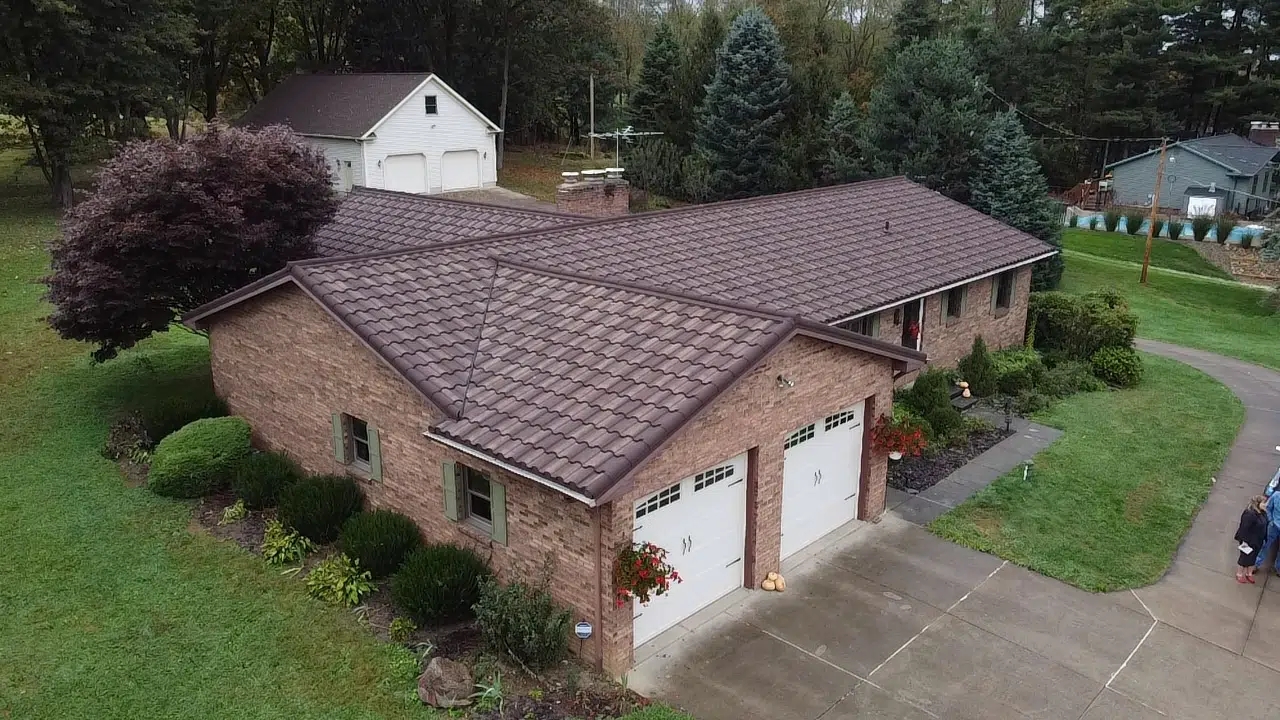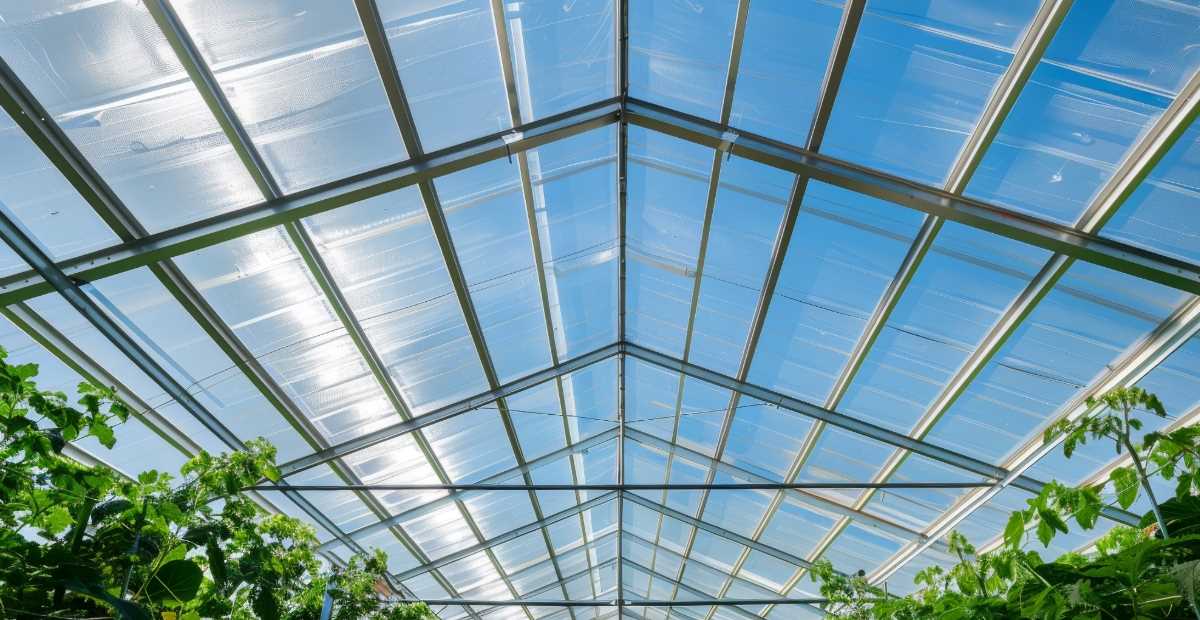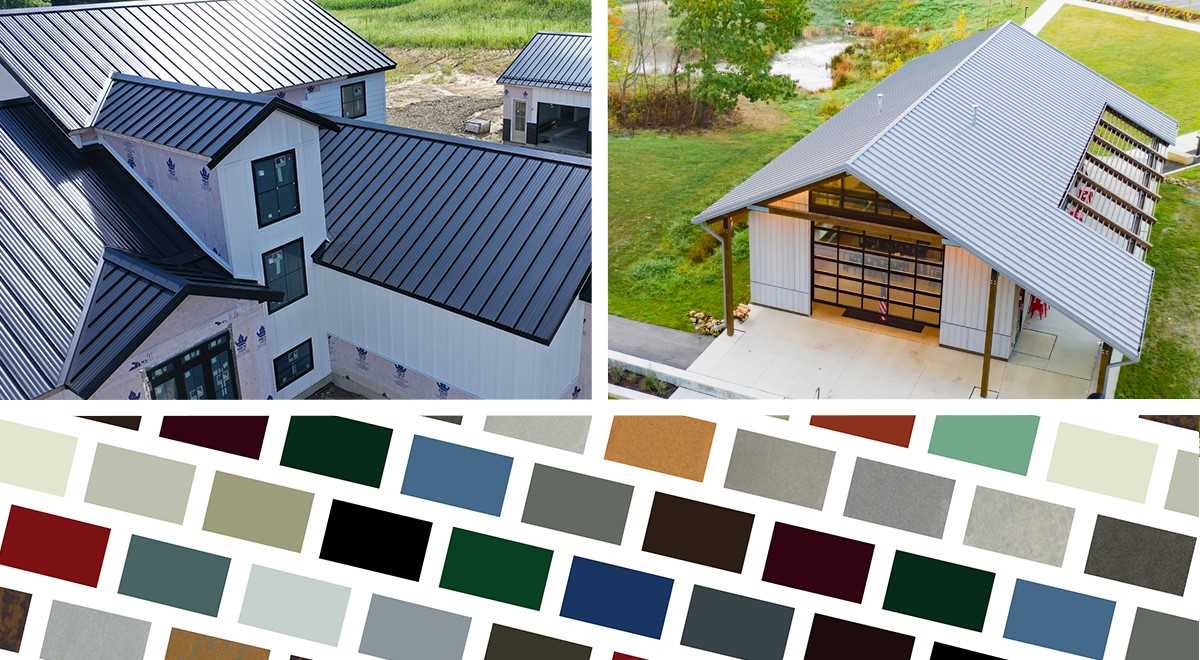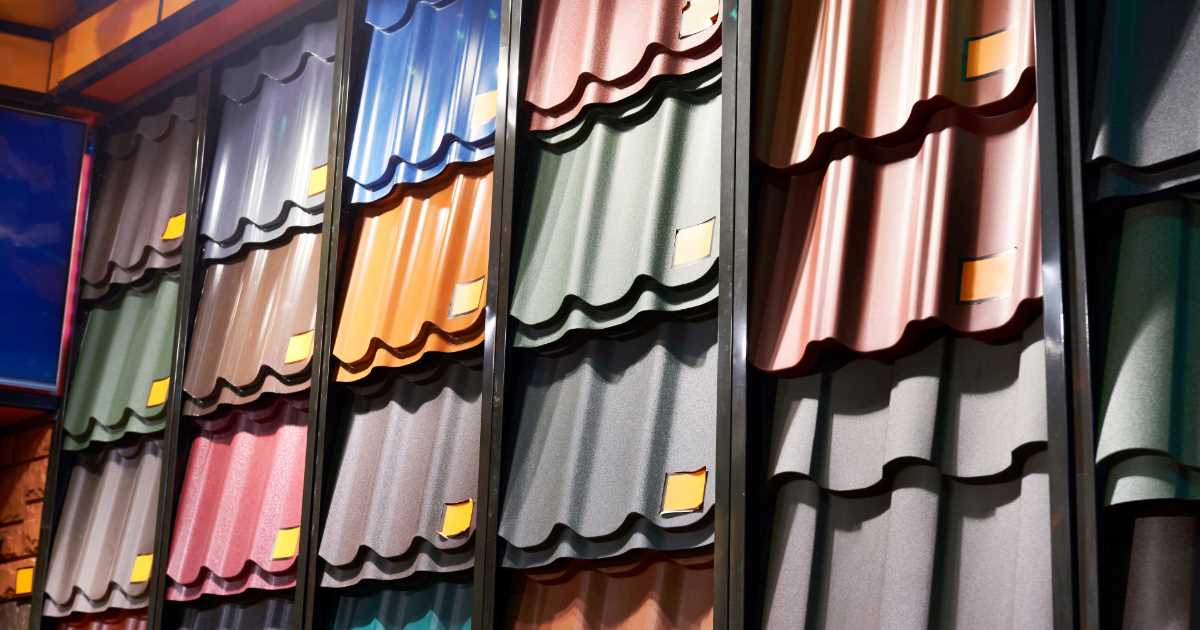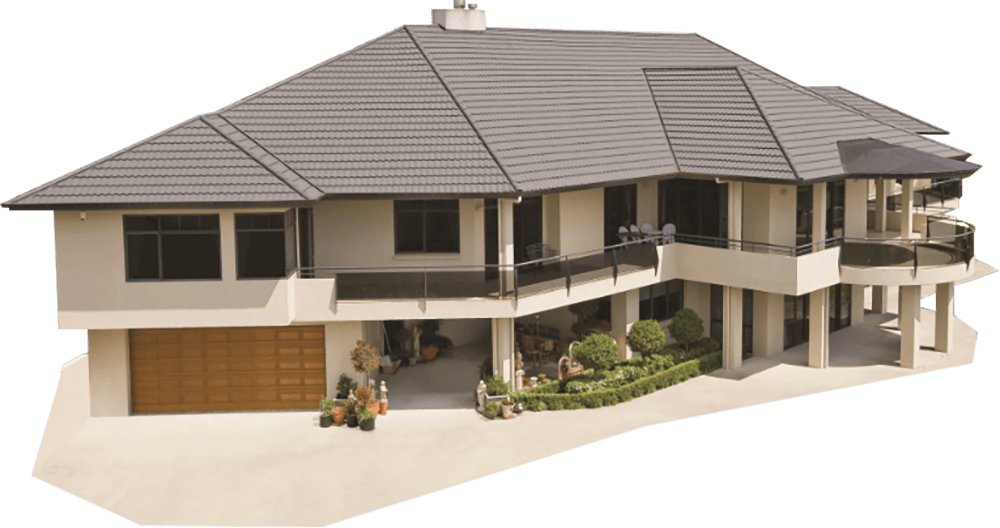A Comprehensive Guide to Ballasted Roofs: Are They Right for You?
Are you in the market for a new roofing system? With so many options available, it can be overwhelming to determine which one is right for your building. Have you considered a ballasted roof? This type of roofing system has been steadily gaining popularity in recent years due to its numerous benefits and cost-effective nature. However, before making a decision, it’s important to understand what a ballasted roof is and if it is suitable for your specific needs. In this comprehensive guide, we will cover everything you need to know about ballasted roofs – from how they work and their pros and cons, to determining if they are the right choice for your building. By the end of this post, you’ll have all the information necessary to make an informed decision on whether or not a ballasted roof is right for you.
What is a Ballasted Roof and How Does It Work?
A ballasted roof is a type of roofing system where the roof membrane is held in place by a layer of loose material, typically river-washed stones or pavers. This material, or ‘ballast’, is spread across the entire roof surface, holding the membrane down and protecting it from wind uplift, damage, and UV radiation.
Table of Contents
The construction process of a ballasted roof involves first laying a waterproof membrane over the roof deck. This membrane is then loosely covered with the ballast. The weight of the ballast (usually around 10-25 pounds per square foot) ensures the membrane stays in place. This method of installation does not require fasteners or adhesives, which makes it a quick and relatively inexpensive roofing solution. However, it’s important to note that the structure of the building must be capable of bearing the weight of the ballast.
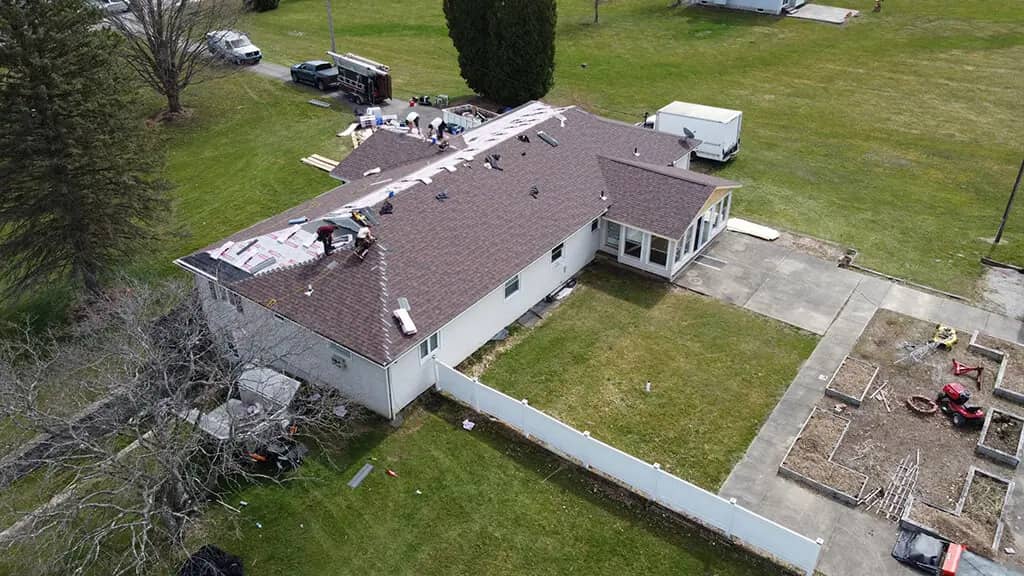
Pros and Cons of Choosing a Ballasted Roof for Your Home or Building
When considering a ballasted roof for your home or building, it’s essential to weigh the pros and cons to make an informed decision.
Pros of Choosing a Ballasted Roof:
- Economical: The installation process of a ballasted roof is relatively inexpensive as it does not require fasteners or adhesives. The primary cost resides in the materials, mainly the ballast and the waterproof membrane.
- Quick Installation: Due to the lack of fasteners or adhesives, the installation process is quick. The ballast simply needs to be spread over the membrane.
- Protection Against Elements: The heavy ballast provides excellent protection against wind uplift, damage, and harmful UV radiation.
- Energy-Efficient: The ballast can provide excellent insulation, helping to keep the building cool in summer and warm in winter, thus contributing to energy efficiency.
Cons of Choosing a Ballasted Roof:
- Weight: A significant drawback of a ballasted roof is the weight. The building structure must be able to sufficiently support the weight of the membrane and the ballast, which can be between 10-25 pounds per square foot.
- Maintenance and Repairs: If a section of the roof requires repair, the ballast in that area needs to be removed and then replaced post-repairs, making the process more labor-intensive.
- Drainage Issues: If not properly installed, a ballasted roof may lead to drainage issues, causing standing water on the roof which can lead to leaks.
- Limited Options for Roof Use: A ballasted roof may limit the options for rooftop installations such as solar panels or satellite dishes due to the loose ballast.
Factors to Consider When Deciding if a Ballasted Roof is Right for You
When deciding if a ballasted roof is suitable for your building, it’s crucial to consider the following factors:
- Building Structure: Assess the structural capacity of your building. Can it withstand the weight of a ballasted roof? This is a crucial factor to consider, given the weight of the ballast and membrane.
- Climate: Consider the local weather conditions. Ballasted roofs can provide excellent insulation, but they may not be suitable for areas with high wind exposure or excessive rainfall.
- Budget: A ballasted roof is relatively inexpensive to install but consider the potential maintenance costs. Repairing a ballasted roof can be labor-intensive, and thus, more costly.
- Future Plans: If you plan to install solar panels or satellite dishes on your roof, a ballasted system may not be the best choice due to the loose nature of the ballast.
- Environmental Impact: Ballasted roofs can contribute to energy efficiency, which is beneficial for the environment. However, ensure that the materials used for the roof and ballast are eco-friendly and sustainable.
- Local Building Regulations: Check the local building codes and regulations in your area. Some jurisdictions may have restrictions regarding the use of ballasted roofs.
By carefully considering these factors, you’ll be well-equipped to make an informed decision on whether a ballasted roof is the right choice for your building.
Types of Roofing Materials for a Ballasted System
There are several types of roofing materials that can be used with a ballasted system, each offering unique benefits.
- Gravel: Gravel is a popular choice for ballasted roofing systems due to its cost-effectiveness and availability. When used as a ballast, gravel performs two roles: holding the roof membrane in place and providing an additional layer of protection against environmental elements such as UV rays and wind.
- Concrete Pavers: Concrete pavers are another excellent choice for ballasted roofs. They are highly durable, providing added strength and longevity to the roofing system. Moreover, they offer aesthetic versatility as they come in various shapes, sizes, and colors.
- Green Roofs: Increasingly, green roofs are being incorporated into ballasted roofing systems. These roofs are covered with vegetation and a growing medium, providing a level of insulation that traditional ballast cannot. They also help in managing stormwater runoff, improve air quality, and can create aesthetically pleasing and useful spaces on rooftops.
Each of these materials has its own unique advantages and challenges, and the choice between them should be based on various factors, including your building’s location, the local climate, your budget, and your long-term maintenance capabilities.
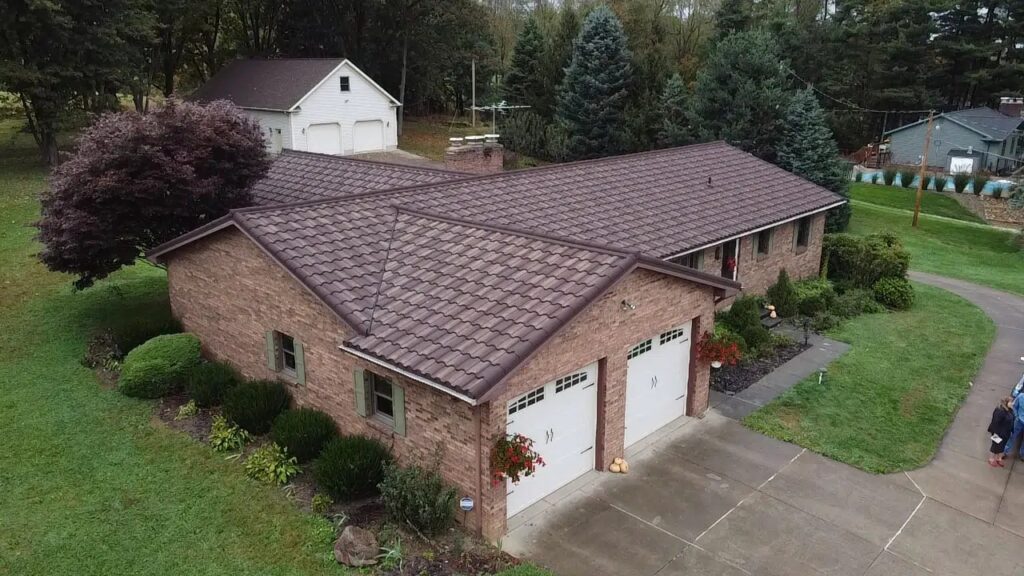
Tips for Maintaining and Prolonging the Lifespan of a Ballasted Roof
Maintaining a ballasted roof is essential for prolonging its lifespan and ensuring optimal performance. Here are some tips to keep in mind:
- Regular Inspections: Conduct periodic inspections to detect early signs of damage or potential issues that could lead to costly repairs. Look for signs of membrane deterioration, shifting of the ballast, and drainage problems.
- Professional Maintenance: While minor maintenance tasks can be done independently, it is advisable to hire professionals for thorough inspections and repairs. This is especially important if you notice any significant issues during your inspections.
- Address Repairs Promptly: Any necessary repairs should be addressed immediately to prevent further damage. Remember, in a ballasted roof, the repair process involves removing the ballast, fixing the issue, and then replacing the ballast.
- Clean Drainage Systems: Ensure that the roof’s drainage systems are clean and clear of debris to prevent water buildup, which can lead to leaks and structural damage.
- Check Ballast Distribution: Regularly check the distribution of the ballast on the roof. It should remain evenly distributed to protect the membrane and ensure it stays in place.
- Update Roof Material As Needed: Depending on the materials used for your ballast, such as gravel or concrete pavers, you may need to replenish or replace these over time due to erosion or other wear and tear.
By following these maintenance tips, you can help ensure the durability and longevity of your ballasted roof.
In conclusion, a ballasted roofing system can be a cost-effective and energy-efficient option for your building. However, it’s crucial to weigh the factors mentioned above before deciding if it is suitable for your specific needs. Additionally, regular maintenance and proper care are necessary to prolong the lifespan of a ballasted roof and prevent potential issues. With careful consideration and proper upkeep, a ballasted roof can provide long-lasting protection and peace of mind for your building. So, it is important to carefully consider all aspects before making a decision on whether a ballasted roof is the right choice for your building. With proper planning and maintenance, a ballasted roofing system can be a valuable investment that can provide numerous benefits for years to come.
https://www.google.com/maps?cid=9867860538458984182

